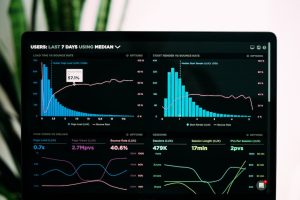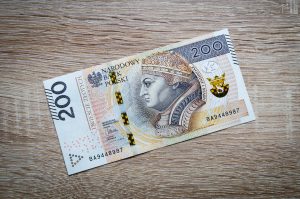Forex trading, also known as foreign exchange trading, is the buying and selling of currencies with the aim of making a profit. Being the largest and most liquid financial market in the world, forex trading involves a lot of speculation and risks. As a result, there are rules and regulations that govern forex trading, including the limit to how many times you can trade in forex. In this article, we will discuss what this limit is, why it is important, and how it affects traders.
What is the limit to how many times you can trade in forex?
The limit to how many times you can trade in forex is often referred to as the “pattern day trader” (PDT) rule. This rule applies to traders in the United States who have less than $25,000 in their trading account. Under this rule, traders are limited to three day trades within a rolling five-day period. A day trade is defined as the purchase and sale of a security within the same trading day. Once a trader has made three day trades within a five-day period, they are not allowed to make any more day trades until the five-day period is over.
Why is the PDT rule important?
The PDT rule is important because it helps to prevent traders from taking on excessive risks in their trading activities. Day trading is a high-risk activity that requires a lot of skill, knowledge, and experience. Without proper risk management strategies in place, traders can quickly lose their entire trading capital. The PDT rule helps to ensure that traders do not get carried away with their day trading activities and take on more risks than they can handle.
How does the PDT rule affect traders?
The PDT rule affects traders in several ways. Firstly, it limits the number of day trades that they can make within a five-day period. This means that traders have to be more selective in the trades that they take and ensure that they are making informed decisions based on market analysis and research. Secondly, the PDT rule can lead to missed opportunities for traders. If a trader has already made three day trades within a five-day period and a profitable opportunity arises, they will have to wait until the five-day period is over before they can make another day trade. This can result in missed profits and can be frustrating for traders who are eager to take advantage of market opportunities.
How can traders work around the PDT rule?
Traders can work around the PDT rule in several ways. Firstly, they can increase their trading capital to over $25,000. This will exempt them from the PDT rule and allow them to make as many day trades as they like. Secondly, traders can switch to swing trading or position trading strategies, which do not require as many trades within a short period. These strategies involve holding positions for longer periods, ranging from a few days to several weeks or months. Finally, traders can use a cash account instead of a margin account. With a cash account, traders are not allowed to use leverage or borrow money from their broker, but they are not subject to the PDT rule.
In conclusion, the limit to how many times you can trade in forex is an important rule that helps to protect traders from taking on excessive risks. The PDT rule limits traders to three day trades within a rolling five-day period if they have less than $25,000 in their trading account. Traders can work around the PDT rule by increasing their trading capital, switching to swing or position trading strategies, or using a cash account. As with any trading rule, it is important for traders to understand the PDT rule and how it affects their trading activities. By doing so, they can make informed decisions and manage their risks effectively.






